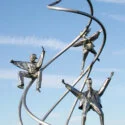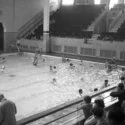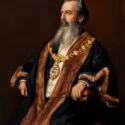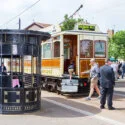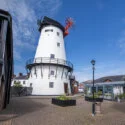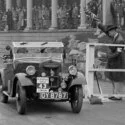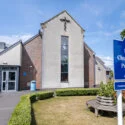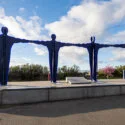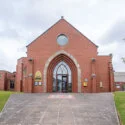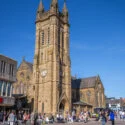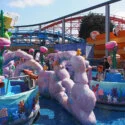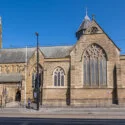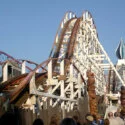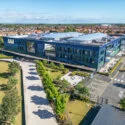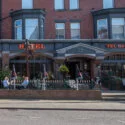The building known as the Temple of Arts stands among the oldest surviving structures in Blackpool’s town centre, representing one of the earliest phases of the town’s architectural development before the major resort expansions of the later Victorian period. Constructed in 1847, it predated much of the surrounding urban growth and reflected the modest yet evolving townscape of mid-nineteenth-century Lancashire. In 1853 the premises were adapted by John Eastman, also recorded in some sources as John Eastham, who established there what was reputed to be Blackpool’s first photographic studio. The venture, described as the Temple of Arts, signified an important moment in the cultural and technological life of the town. Photography, still in its infancy, had begun to emerge as both a professional craft and a modern curiosity, and Eastman’s studio aligned Blackpool with a wider national trend in which seaside towns began to embrace the new medium as part of their expanding commercial and artistic identities.
The façade of the building was once distinguished by a trio of carved figures known collectively as The Three Graces, representing Faith, Love and Charity. These sculptures, created by the artist Samuel Wood, lent the building a symbolic grandeur befitting its title. Over time, however, the figures became concealed—likely through later alterations to the frontage—and remained hidden for many years until they were uncovered in 1976 during maintenance work. Their rediscovery renewed local interest in one of Blackpool’s earliest artistic landmarks, though their survival proved fragile. In 1988, during renovation works, the original carvings suffered severe damage and were removed, later replaced by replicas in plastic to preserve the building’s visual heritage.
Architecturally, the Temple of Arts offers valuable insight into the modest civic and commercial ambitions of early Blackpool. Its 1840s origins anchor it firmly in the town’s pre-resort era, when development was limited yet increasingly aspirational. The adaptation of the property for photographic use a few years later mirrored the town’s growing modernity, as Blackpool shifted from a small coastal settlement to a progressive centre of leisure, commerce and creativity. The decorative symbolism of the Three Graces further reflects the moral and artistic ideals of the period, embodying virtues of benevolence and refinement that its proprietor may have wished to associate with the emerging art of photography. Though its original sculptures no longer survive, the building endures as a rare link to the formative decades of Blackpool’s urban story, bridging craftsmanship, technology and early expressions of civic identity in the heart of the town.
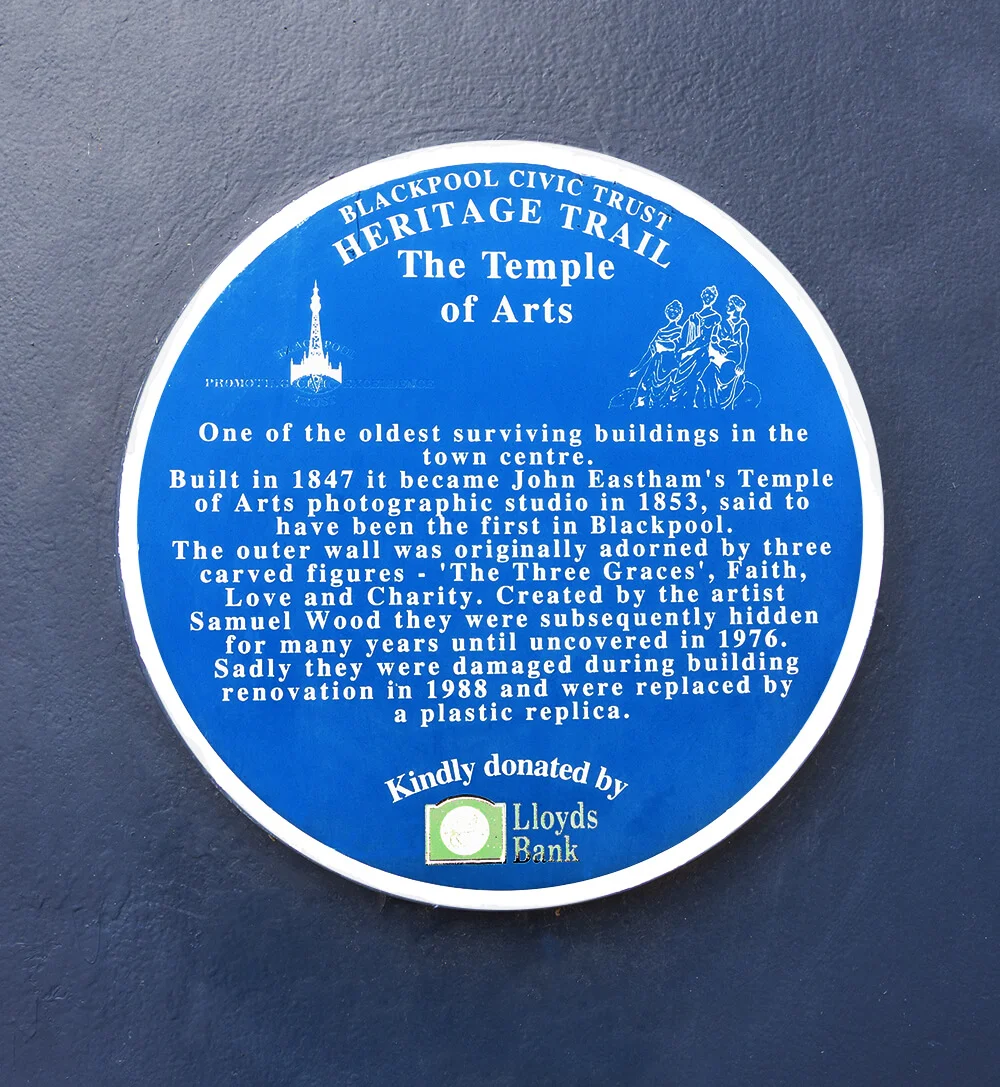
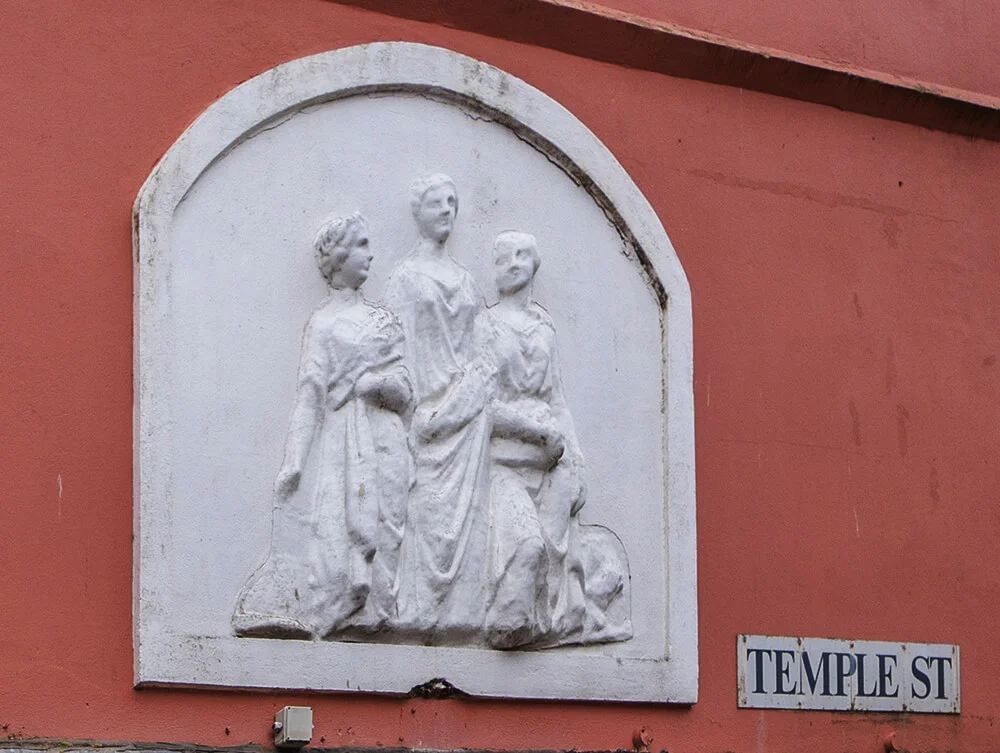
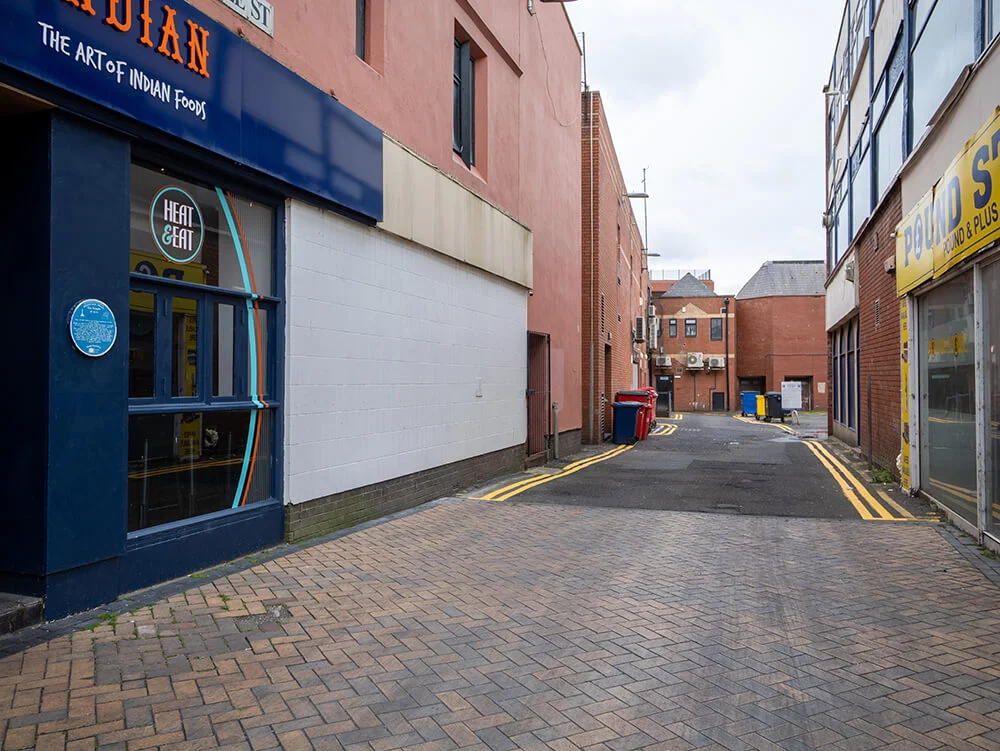
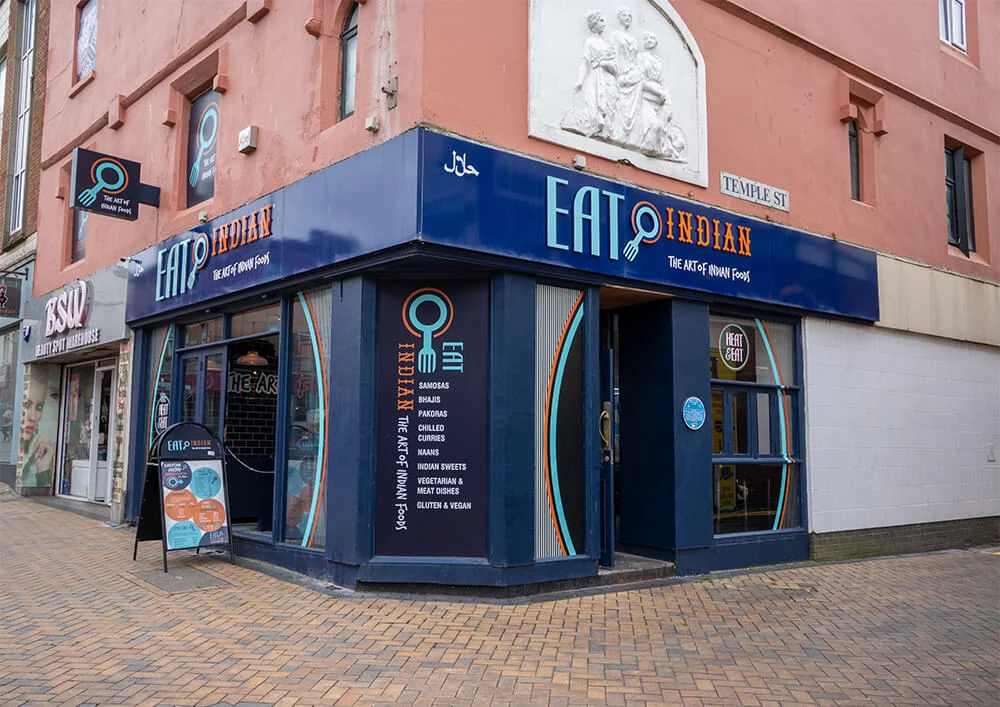
Images by © deeper Blue Marketing & Design Ltd


